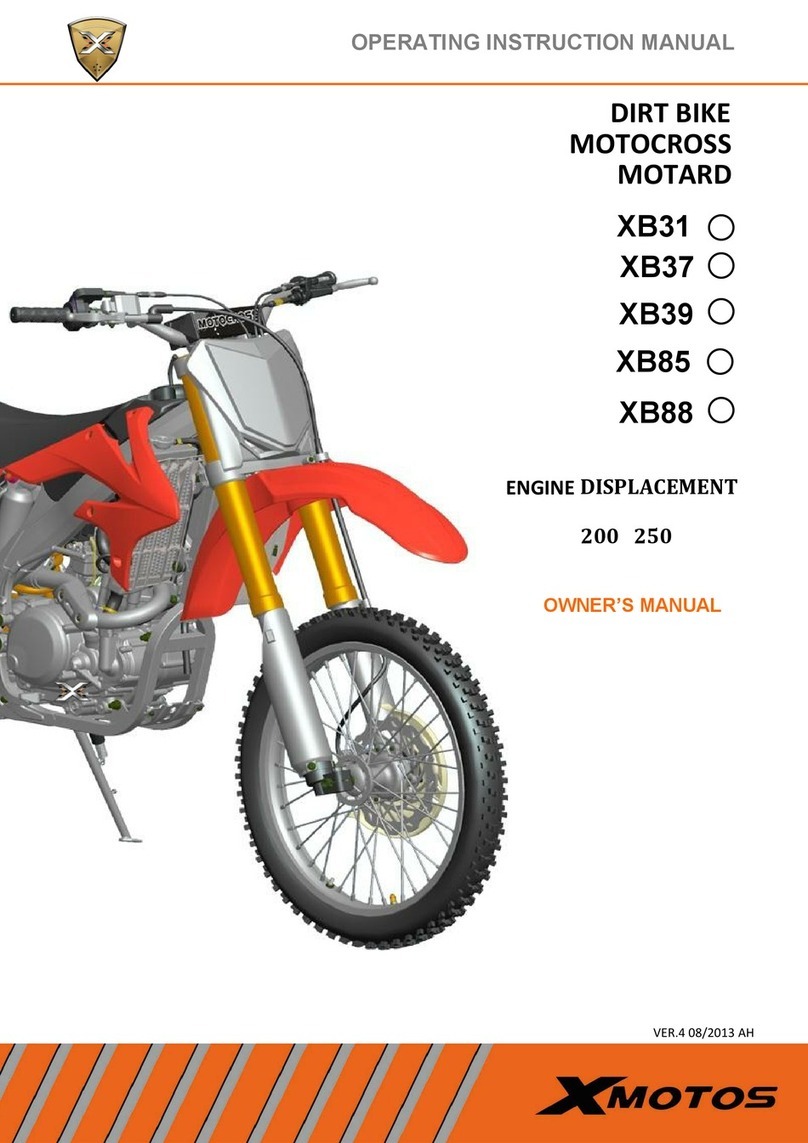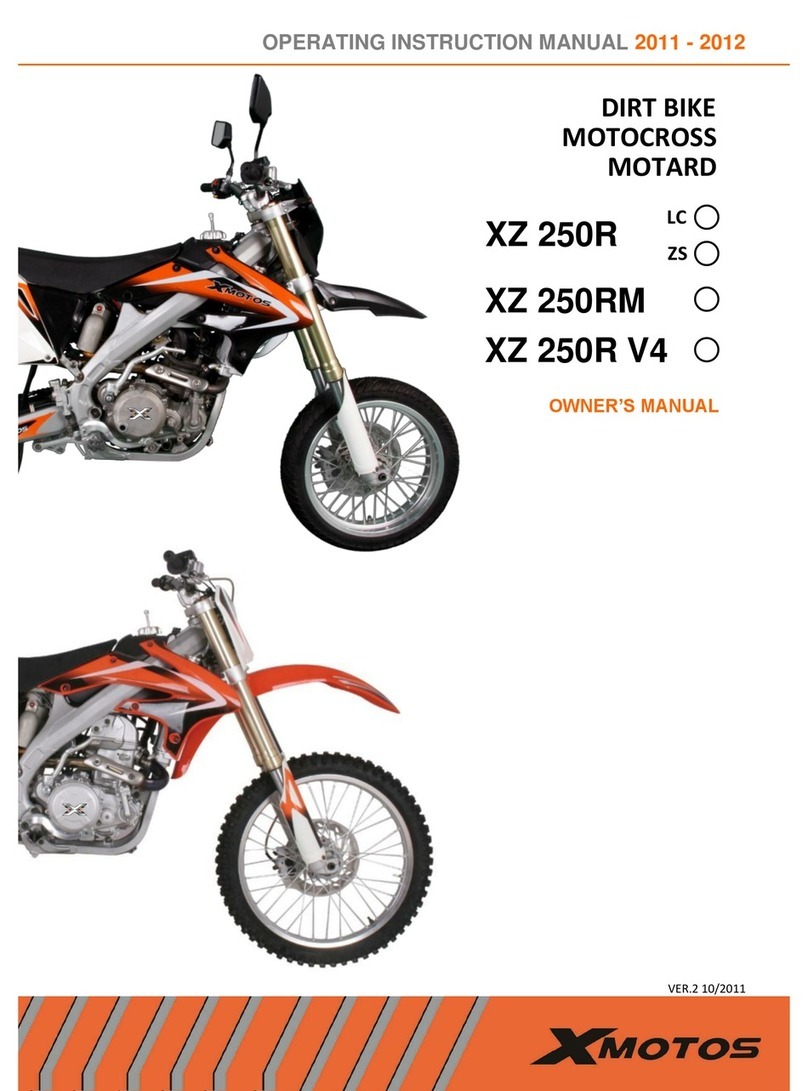
As a parent, your child’s safety is your first priority. Riding an off-road motorcycle is very fun. However,
just like riding a bicycle, bad decisions can result in injury. As a parent, you can greatly prevent
accidents by making informed decisions about if, when and how your child will ride. Always supervise
your child when he/she is riding.
Before you allow your child to ride, you need to decide if he/she is capable of riding. Riding readiness
can vary tremendously from one person to another. Age and size are not being the only factors that help
determine one’s riding readiness. There are three other factors that you should also consider before
deciding if your child is ready to ride.
First, consider the physical ability of your child. Riders must be able to hold the motorcycle up, get on,
and sit comfortably with both feet on the ground. The rider must also be able to reach all of the controls
on the handlebars and work the brakes and clutch. Second, consider your child’s athletic ability. Your
child should be good at riding a bicycle before riding a motorcycle. Determine if your child can judge
speeds and distances while riding a bicycle and react with the proper hand and foot actions. Any person
who does not have good coordination, balance, and agility should not ride this motorcycle.
Finally, determine your child’s level of mental maturity. It is imperative that you are honest with
yourself when you ask yourself the following questions: Does your child think through problems and
come to logical conclusions? Does your child obey your rules when they ride their bicycle? If your child
makes bad judgments, takes un-warranted risks and/or does not obey your rules, they should not ride this
motorcycle.
If you have decided that your child is ready to ride, please remember the following points and never let
your child ride without a helmet. It is up to you (parent) to ensure your child’s safety, even if they learn
to ride from another experienced adult. Never push your child to try things faster than they are willing or
capable. Always supervise your child when they are riding and regularly remind them about safety rules.
As a parent it is your responsibility to be sure that the motorcycle is properly maintained and kept in safe
operating condition.
Modifying this motorcycle or using parts not manufactured by Xmotos can make your motorcycle
unsafe. Before you consider making any modifications or adding an accessory, please read the following
information carefully.
Improper accessories or modifications can cause a crash in which you can be seriously
hurt or killed. Follow all instructions in this owner’s manual regarding and accessories.
Xmotos strongly recommends that you do not remove any original equipment or modify your
motorcycle in any way that may alter the design and/or operation. Such a change could drastically
impair the stability, handling, acceleration, and braking capabilities of the motorcycle and cause a crash.
We also strongly suggest that you do not make any modifications to the exhaust system, noise control
system or emission control components.






























